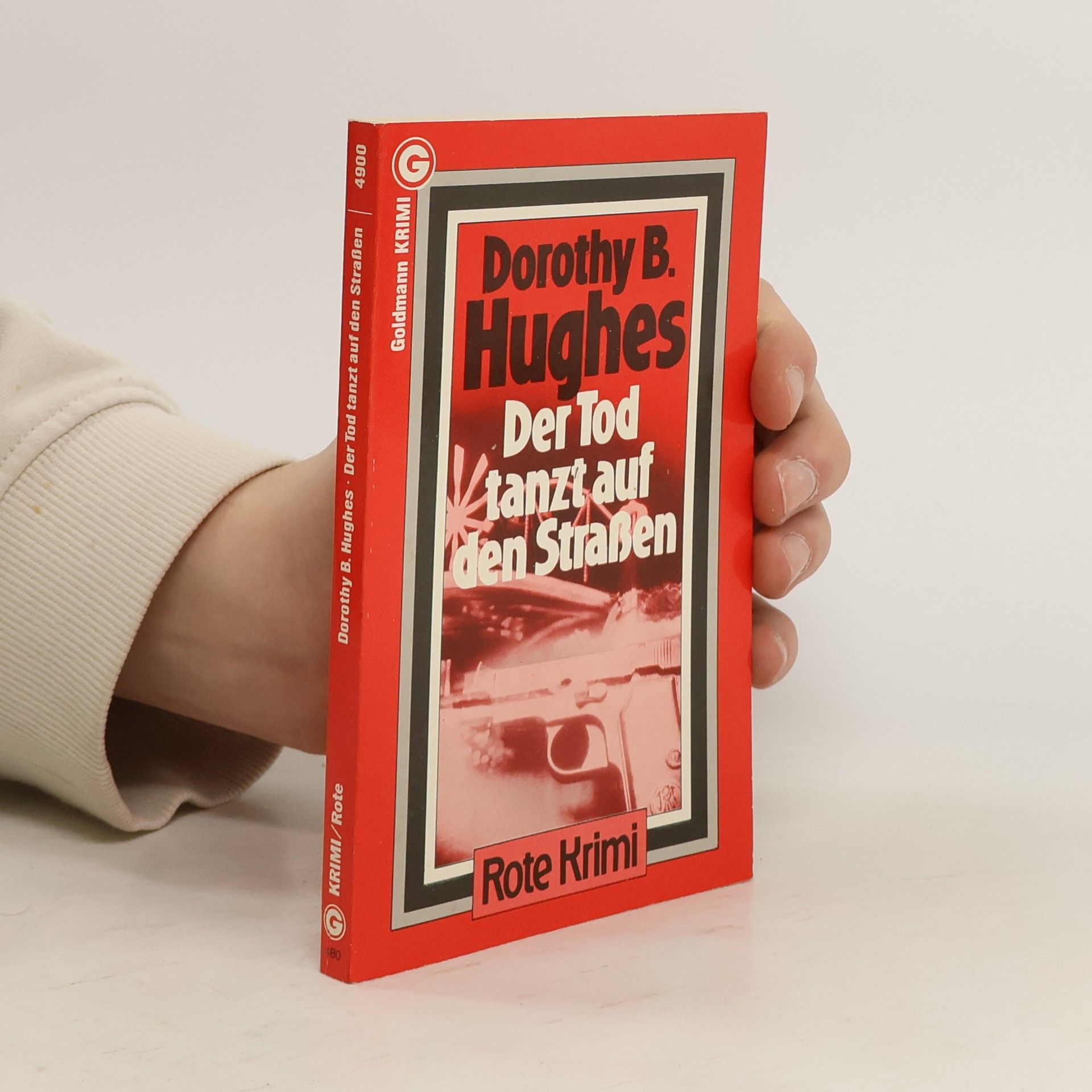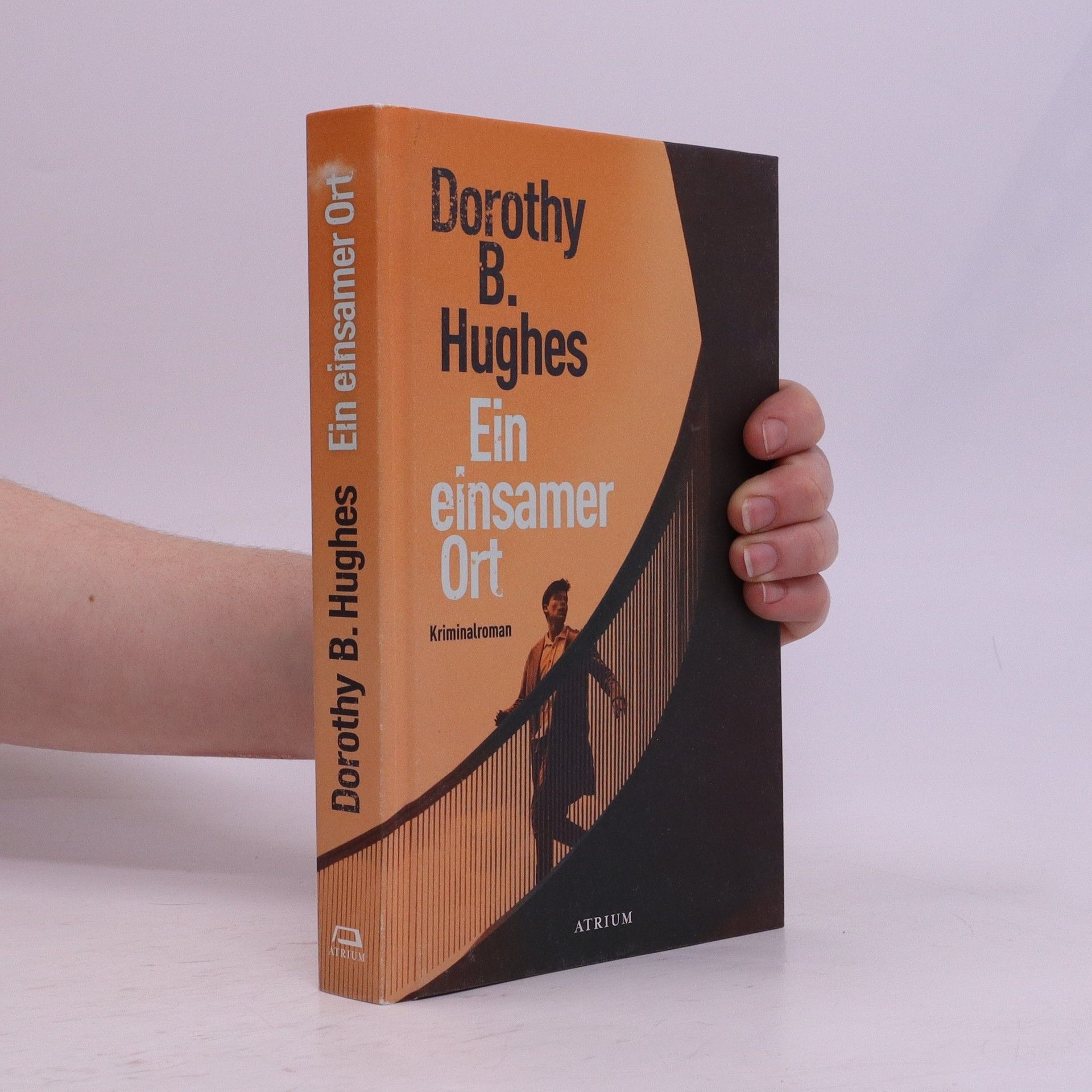Wo kein Zeuge lauscht
- 220 Seiten
- 8 Lesestunden
Dorothy B. Hughes war eine gefeierte Kriminalautorin und Literaturkritikerin, bekannt für ihre klare und prägnante Prosa. Ihre Erzählungen tauchten in die dunkleren Aspekte der menschlichen Psyche ein und seziierten die Motivationen der Charaktere mit unerschrockener Ehrlichkeit. Hughes' Schreibstil, der sich durch Sparsamkeit und Schlagkraft auszeichnete, vermittelte effektiv Spannung und Unbehagen. Später in ihrer Karriere wandte sie sich der Kritik zu und erntete Anerkennung für ihren scharfen Intellekt und ihr tiefes Verständnis der Literatur.






Die Wiederentdeckung im Spannungsgenre: Ein Meilenstein in der Geschichte der Kriminalliteratur. Los Angeles in den späten 1940ern: Der ehemalige Jagdflieger Dix Steele streift durch die Stadt, vorzugsweise nachts. Seit seiner Rückkehr nach L. A. sucht er nach dem Rausch des Fliegens, doch kaum etwas scheint dem nahe zu kommen. Stattdessen stellt er nun Frauen nach, denen er auf seinen Streifzügen begegnet. Als er einen alten Freund wiedertrifft, ist er fasziniert von Brubs schöner, sanfter Ehefrau, die ihn zugleich verunsichert und beflügelt, und von dessen Arbeit als Detective. Unmittelbar kann Dix mitverfolgen, wie Brub die Morde an einer Reihe junger Frauen untersucht. Und es beginnt ein Spiel, bei dem immer unklarer wird, wer eigentlich auf der Jagd nach wem ist.
"Three well-heeled villains terrorize New York's high society in pursuit of a rare and powerful gem"--
An intriguing biography of an author who knew worldwide popularity thanks to the success of his Perry Mason stories, which, of course, became one of the best-known detective series on TV in the USA and in Great Britain. Erle Stanley Gardner was an unusual man who wrote 131 works of fiction, including 82 full-length Perry Masons.
The story revolves around Griselda, who feels a mix of annoyance and fury when Con Satterlee abandons her at the Bamboo Bar for another woman. As she returns to their secluded beach cottage alone, the initial excitement of a second honeymoon turns into fear and uncertainty. The narrative explores themes of betrayal and emotional turmoil in the face of unexpected circumstances.
It was Fiesta time in Santa Fe. Death was dancing on every street...Carnival time--but Sailor wasn't there to celebrate. He had to settle a score. Sailor had no nerves; it was pay off or drop dead. After he'd taken care of the Sen, he'd get out quick and live the easy live across the border in Mexico. A sexy silver blonde, a hard-boiled detective from Chicago homicide, a weasel-faced Senator, a black-eyed Indian child beauty, and Pancho, who spun the merry--round, all figure in this brilliant mystery, charged with sudden violence and an unexpected outcome.
"Death was waiting at the end of his Luger. To avenge a friend and murder a ghost. Kit came back to New York to track down his buddy's killer. It had to be murder: Louie wasn't the suicidal type. One person stood in the way of revenge--The Wobblefoot. He was watching. So one false step meant curtains. But Kit was willing to take any risks for a friend--even murder in cold blood."-- From back cover
Set against the backdrop of Hollywood, the story follows producer Vivien Spender, who obsessively seeks the perfect actress for his film adaptation of The Magic Mountain. His pattern of discarding starlets leads to their downfall, but Kitten Agnew, the latest candidate, is bound by her contract and senses danger during a train ride with Spender. As tension mounts, the narrative builds towards a gripping conclusion. This reprinted thriller showcases Dorothy B. Hughes's sharp prose and psychological suspense, reflecting the darker side of the film industry while offering classic mystery appeal.
Espionage, adventure and a hard-boiled heroine not to be trifled with - this classic noir will have you gripped from start to finishJulie Guilles is in trouble. Whispers of the Blackbirder reach her - a sinister figure who, for the right price, can promise safe passage across the border to New Mexico.